Home>Interior Design>Porcelain vs Ceramic Tile: Which Is Better


Interior Design
Porcelain vs Ceramic Tile: Which Is Better
Modified: December 6, 2023
New homeowners often struggle to make the right decisions. If you're stuck in a porcelain vs ceramic tile debate, here is everything you need to know.
(Many of the links in this article redirect to a specific reviewed product. Your purchase of these products through affiliate links helps to generate commission for Storables.com, at no extra cost. Learn more)
Your flooring serves as the foundation of your interior’s look and design. At the same time, choosing the right flooring can improve your overall home comfort. Hence, you might want to consider tiles since they are perfect for high-traffic areas and easier to maintain than hardwood and other flooring options. But which is better: porcelain or ceramic tile? To put an end to this dilemma, this article will discuss their differences and how you can keep them spotless day after day.
What Are Porcelain Tiles?
You might wonder how porcelain tiles are different from ceramic ones. Both tiles come from a larger category of tiles, known as ceramics. But what is a porcelain tile made of and can they suit your kitchen floors?
Porcelain tiles are made from more refined clay, mainly white clay, sand, and feldspar fired at high temperatures. Since they’re denser than ceramics, they’re much more durable and absorb less water. As such, you can consider using this tile in bathrooms, wetrooms, and other areas that have high moisture levels.
Another reason why you should go for porcelain tiles is that they are perfect for both interior and exterior use. Though its hefty weight can make it a struggle to use for your walls, they’re pretty much hard-wearing and can last for years when placed in high foot traffic areas.
Despite this, porcelain tiles are quite expensive and harder to cut and shape than ceramic. These tiles are also available in simple designs, so you may not find many decorative options.
Factors to Consider When Buying Porcelain Tiles
Grade
The grade of a porcelain tile depends on the mixture of materials used and its thickness. Thicker tiles often have better durability, which is great for living spaces and other places with high footfall areas. In accordance with the Porcelain Enamel Institute (PEI) ‘s rating, a scale of 0 to 5 is used to determine the tiles’ resistance to debris and moisture.
If you’re looking for a tile that can withstand a lot of foot traffic, spills, and furniture movement, then a tile with a grade of 5 would be best. However, you can also use those with lower grades for bedroom flooring or even on walls because they’re much lighter in weight.
Type
Porcelain tiles are available in two main types — glazed and unglazed. The former has this additional layer of liquid glass on its surface, which partially covers its edges. You can tell that a porcelain tile is glazed when its bottom is of an entirely different color than the surface. Glazed porcelain works best indoors and can add an aesthetic flair to your floors. You can also use glazed tiles as kitchen backsplashes since they’re non-porous, making clean-up easy.
On the other hand, unglazed porcelain tiles offer more dependable durability since these are full-body tiles. This means that the entire tile is composed of only natural clays. Furthermore, since they don’t have a smooth coating, they are slip-resistant and perfect to use in shower areas, bathrooms, and pool surrounds. Plus, unglazed tiles are scratch-resistant, so chips and wears are less noticeable while giving your floors a textured and rustic look.
Maintenance
Keeping your floors clean and pristine is important to make a great first impression. Thankfully, most porcelain tiles are glazed, so this protective coating doesn’t let stains or dirt settle. If so, you might only need a mop or a soft-bristled brush, plus a mixture of vinegar and baking soda for the job.
Avoid ammonia and bleach products since they can permanently stain or discolor your tiles. Also, moping the tiles every day or twice a week can help prevent dirt and debris from clinging onto your floors.
Read more: How To Clean A Porcelain Shower Tile
Cost
Unlike vinyl flooring, installing tiles on your own can be a chore. Porcelain tiles are already expensive, and having a professional install them can cost you more. The bright side is that having porcelain tiles is an excellent investment in the long run and can add value to your home. Also, hiring a professional can eliminate the need for future repairs. Hence, saving you from spending more in the end.
How to Clean Porcelain Tiles
Cleaning porcelain tiles is simple. Just follow these step-by-step instructions to keep your porcelain tiles looking their best.
Things You’ll Need:
- Sweep or vacuum your floors to eliminate any dust, hair, and crumbs.
- Grab an old toothbrush and a grout cleaner.
- Apply the cleaner to the grout and wait for a couple of minutes.
- Scrub the accumulated dirt and debris. Continue until grout is in its original color.
- Grab a microfiber cleaning cloth and wipe it clean.
- Next, grab a bucket of water and mix about 2 to 3 tablespoons of dish soap, plus 1 cup of cleaning vinegar.
- Mop the floor with the mixture.
- Once done, rinse your mop and wipe the floor clean with just water.
What Are Ceramic Tiles?
Now that we’ve fully discussed the ins and outs of porcelain tiles, it is time to explore the alternative. Ceramic is made with red, brown, or white clay. These coarser clays are fired at temperatures lower than porcelain. As such, ceramic tiles are cheaper.
Though ceramics are lightweight and easier to shape and cut, they’re prone to cracking in cold weather. Despite this, ceramics have more variety in designs and patterns, including ones that mimic wood grains and natural stone. They also tend to have a softer surface, so they’re more comfortable walking on.
Due to their reduced durability, homeowners are encouraged to use ceramic tiles in their bathrooms and other low-traffic areas. This is because ceramic tiles tend to break under the weight of heavy furniture and falling objects. Also, it’s always a great idea to keep extra tiles as a backup since finding the same color and batch can be challenging. Other than that, ceramic can be used as kitchen tiles because of their exceptional heat resistance — making these tiles the ideal candidate for your countertop and backsplashes.
Read more: How Thick Should Outdoor Porcelain Tiles Be
Factors to Consider When Buying Ceramic Tiles
Grade
Knowing the grade of a ceramic tile is essential in making the most of your investment. For instance, ceramic tiles with a grade of 1 are perfect as wall tiles with little foot traffic. Meanwhile, tiles graded from 4 to 5 are considered commercial grade. This means that it is best suited for hotels, clinics, residences, and other buildings with heavier footfall.
Type
Just like porcelain tiles, ceramics can be glazed and unglazed. Glazed tiles are susceptible to moisture but can still resist water when in good condition. Proper application of grout is also needed to prevent water intrusion. If you’re looking for an easy DIY project for your floors, glazed ceramic tiles are easier to cut manually with a wet-tile saw or a snap tile cutter.
Conversely, unglazed tiles are denser and thicker; therefore, they are recommended for high-traffic areas and busy living quarters. Such tiles can endure mechanical factors such as strain and stresses but are prone to stains since they have a natural finish. In terms of safety, its scratch resistance and unpolished surface work better in washrooms, laundry rooms, and other locations that deal with water and moisture.
Design
Since you have more options for design, choosing the right color or pattern can help you achieve the ambiance you want for a room. Light-colored ceramic tiles can make a room feel larger and brighten your space. On the other hand, dark-colored tiles tend to be more stylish and hide scuffs and marks better. A simple tip: if you have a small space, match the color of your walls to your flooring to make the room look larger with an airy and open feel.
Maintenance
Unglazed ceramics are harder to maintain since they require polishing to keep them stain-free. Any kind of detergent mixed with water is good for occasional cleaning. Just remember to apply coats of sealant to preserve its natural color. Like paint, you can choose gloss or non-gloss finishes for your sealant.
On the other hand, glazed ceramics are easier to maintain since they have a non-porous, liquid glass finish. You can quickly sweep off loose particles with a broom or a dry mop. But, scratches are more visible, so you have to be extra careful when you move your furniture around.
Grout
Since you’re dealing with many designs and pattern choices, picking the grout color can make or break your tile flooring. If in doubt, always go with white for light-colored tiles and black for dark-colored ones. White grout on black tiles might look too sharp on the eyes, and vice versa. Still, you can play with different pigments if you want to spice up your living space, as long as you have an eye for color. Bright-colored grout can emphasize each tile’s shape and lines, while a complementary one can make your floors and walls look cohesive.
How to Clean Ceramic Tiles
Microfiber mops are a staple when it comes to cleaning tile floors. Check out the instructions below if you want to know how to clean ceramic tiles with such mops properly.
Things You’ll Need:
- Clean your floors with a vacuum to eliminate any loose particles.
- With an old toothbrush or a cleaning brush, apply the grout cleaner on your floors and scrub all the crevices.
- Use microfiber cleaning cloths to remove the mixture of dirt and cleaner on your floors.
- You can grab a rinse-free floor cleaner for easier and faster cleaning. Just mix 2 to 4 ounces of cleaner with a gallon of water and use a mop to spread the solution.
- If your flooring needs some deep cleaning, proceed by mixing 2 tablespoons of dish soap, a cup of vinegar, and a dash of baking soda in water.
- Mop your floor meticulously and ensure to reach every corner. This will ensure you lift as much grime and dirt as possible.
- Once done, rinse your floors with a clean mop and water to remove any soap residue.
Read more: How To Clean Ceramic Floor Tile
Which is Better? Porcelain vs Ceramic Tile
In terms of appearance, it can be hard to distinguish which is which. But there is a basic technique to tell the difference between a ceramic and porcelain tile. Remember that the former has a rougher finish than the latter as a rule of thumb. Another distinguishing feature of porcelain tiles is their color. Porcelain tiles tend to have a similar hue from top to bottom. On the other hand, ceramics have two to three noticeable colors along their edges.
Now that you know the difference between porcelain and ceramic tiles, which is better? Is porcelain better than ceramic? Or is it the other way around? Right off the bat, porcelain is a greater investment overall. If you’re looking for hard-wearing tiles that can last you for years with dependable water resistance, allotting an extra budget could save you more money.
However, this doesn’t mean that ceramic tiles can’t keep up with porcelain. This type of tile is popular as it is affordable and softer to walk on. What’s more, its natural coolness is ideal for homes in warm climates.
Flooring indeed improves the interior design of your space. Since it’s very much what ties the whole place together, we hope that this article has helped you determine the perfect tile flooring for your home.
On a side note, deep cleaning floors do not always have the same procedures and cleaning products. If you have vinyl floors at home, check this guide on how to deep clean vinyl floors without any professional help.
Was this page helpful?
At Storables.com, we guarantee accurate and reliable information. Our content, validated by Expert Board Contributors, is crafted following stringent Editorial Policies. We're committed to providing you with well-researched, expert-backed insights for all your informational needs.
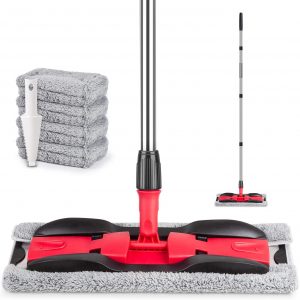
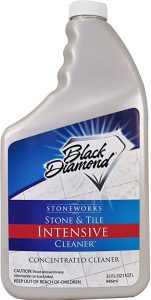

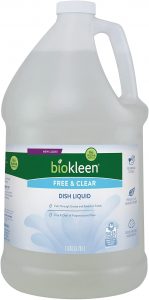
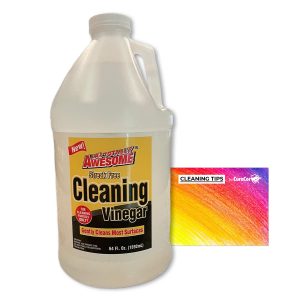
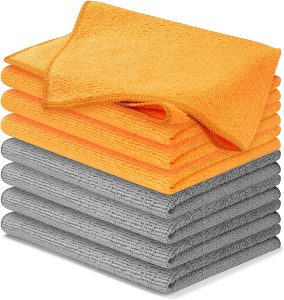

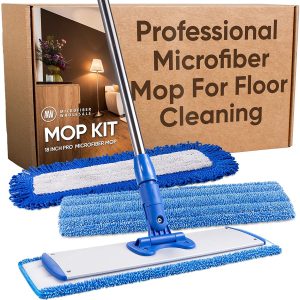
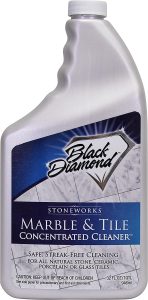

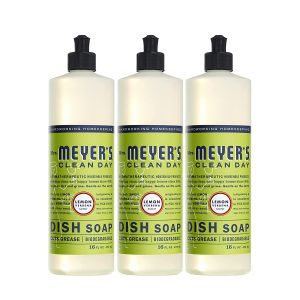

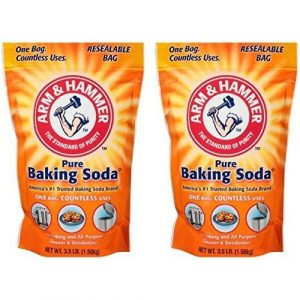
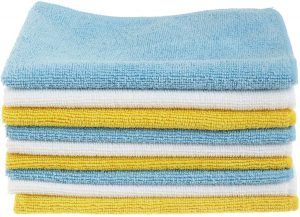

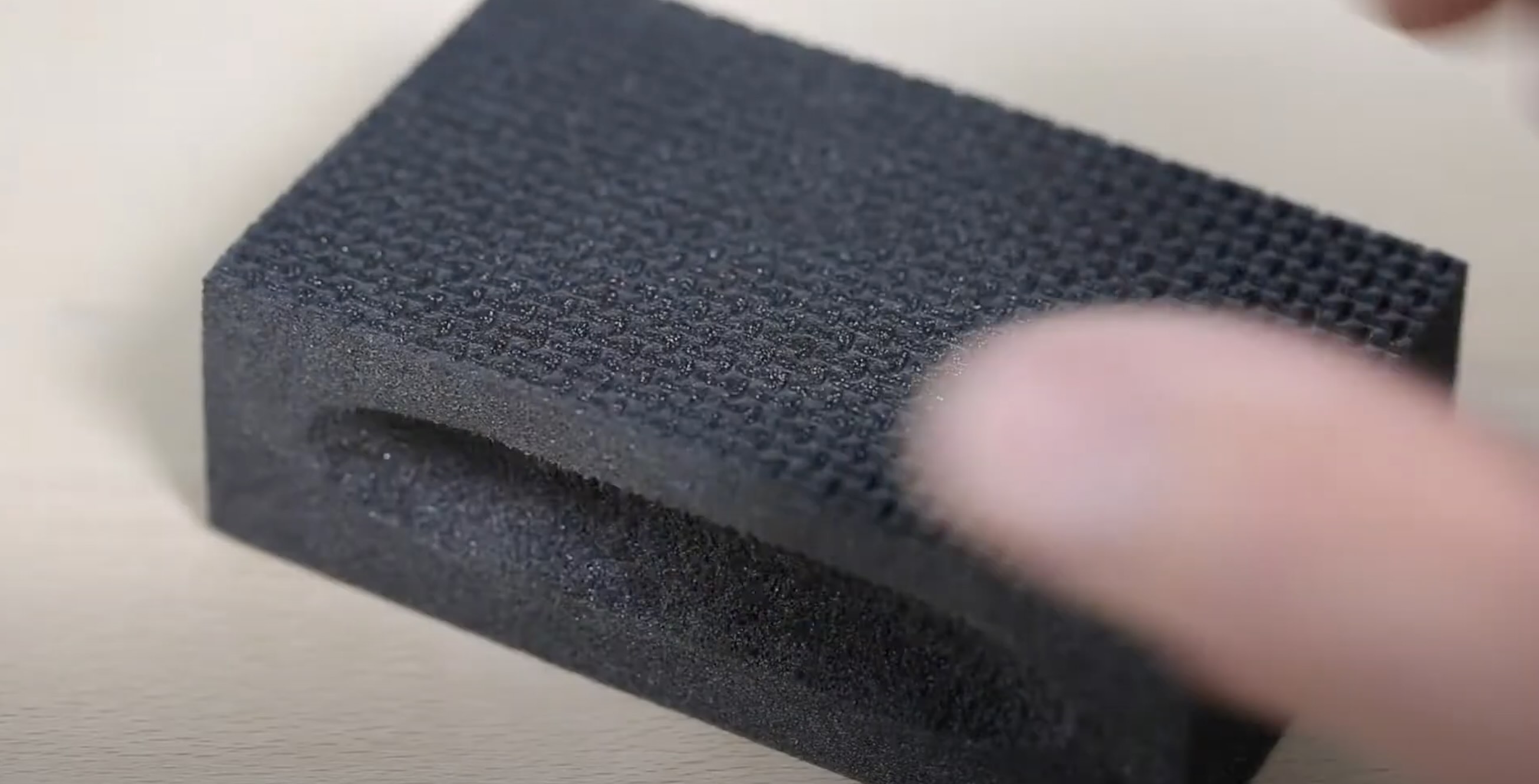
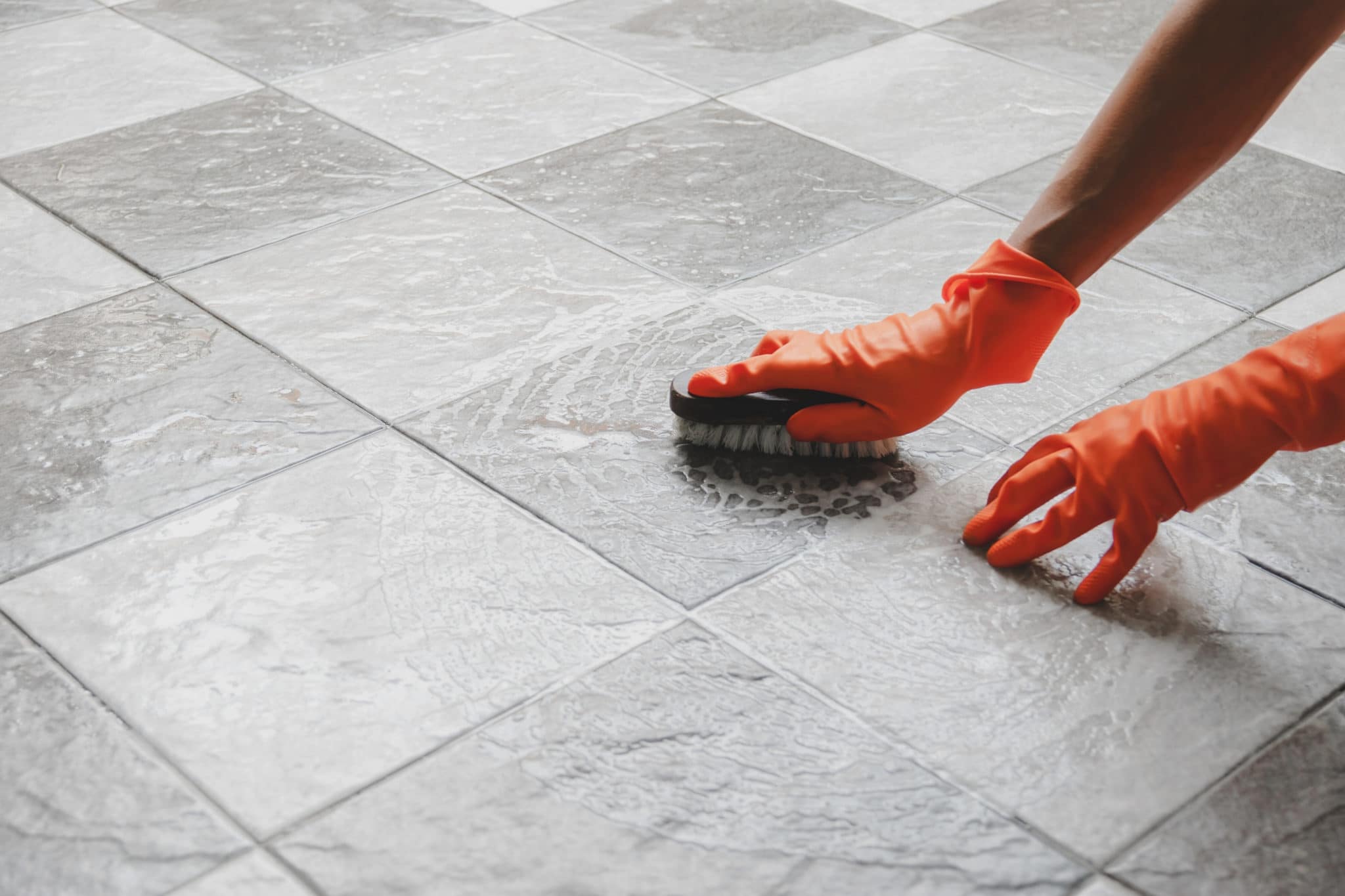
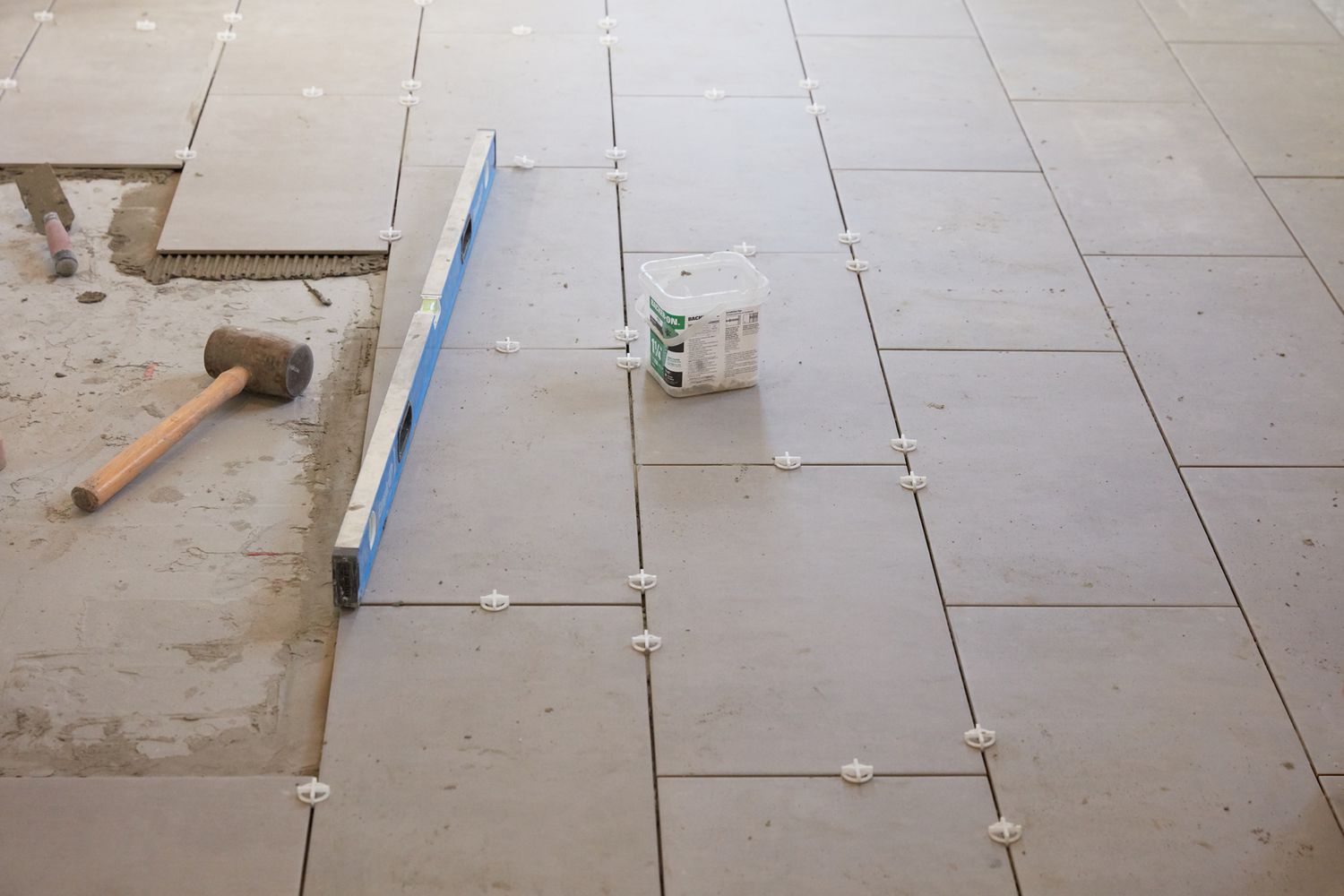
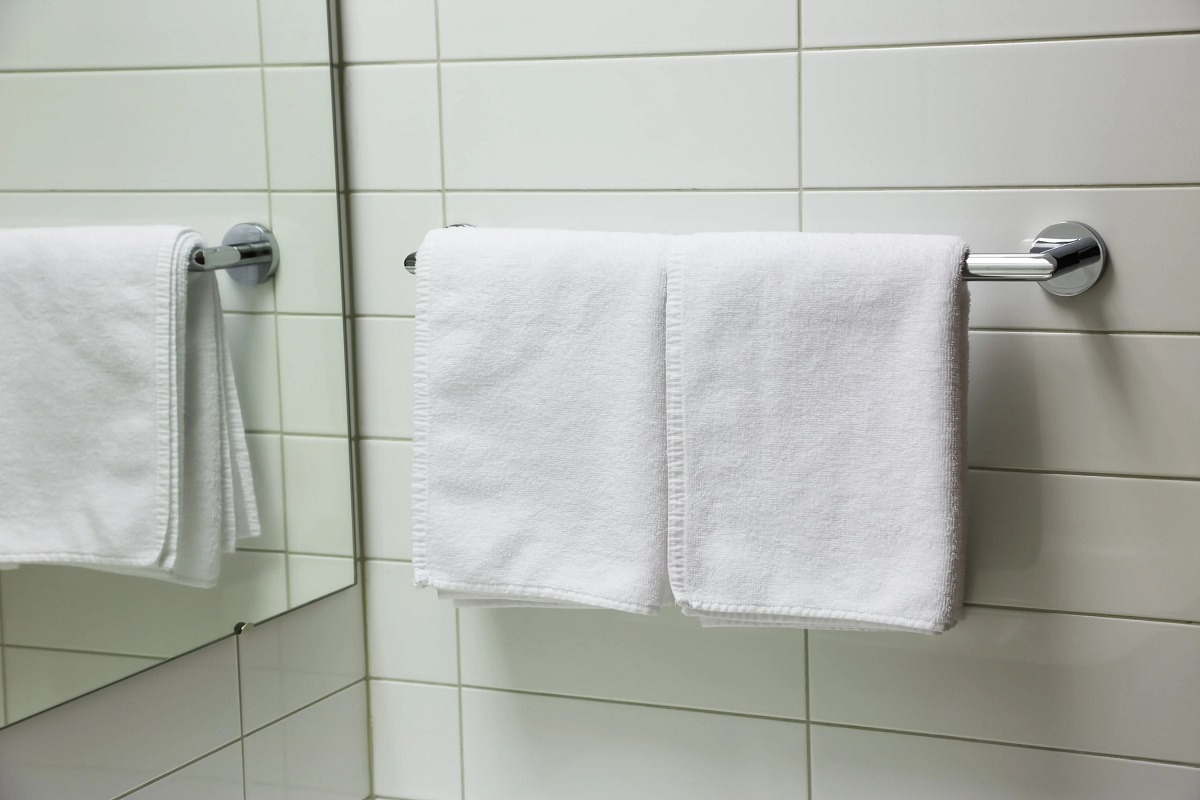


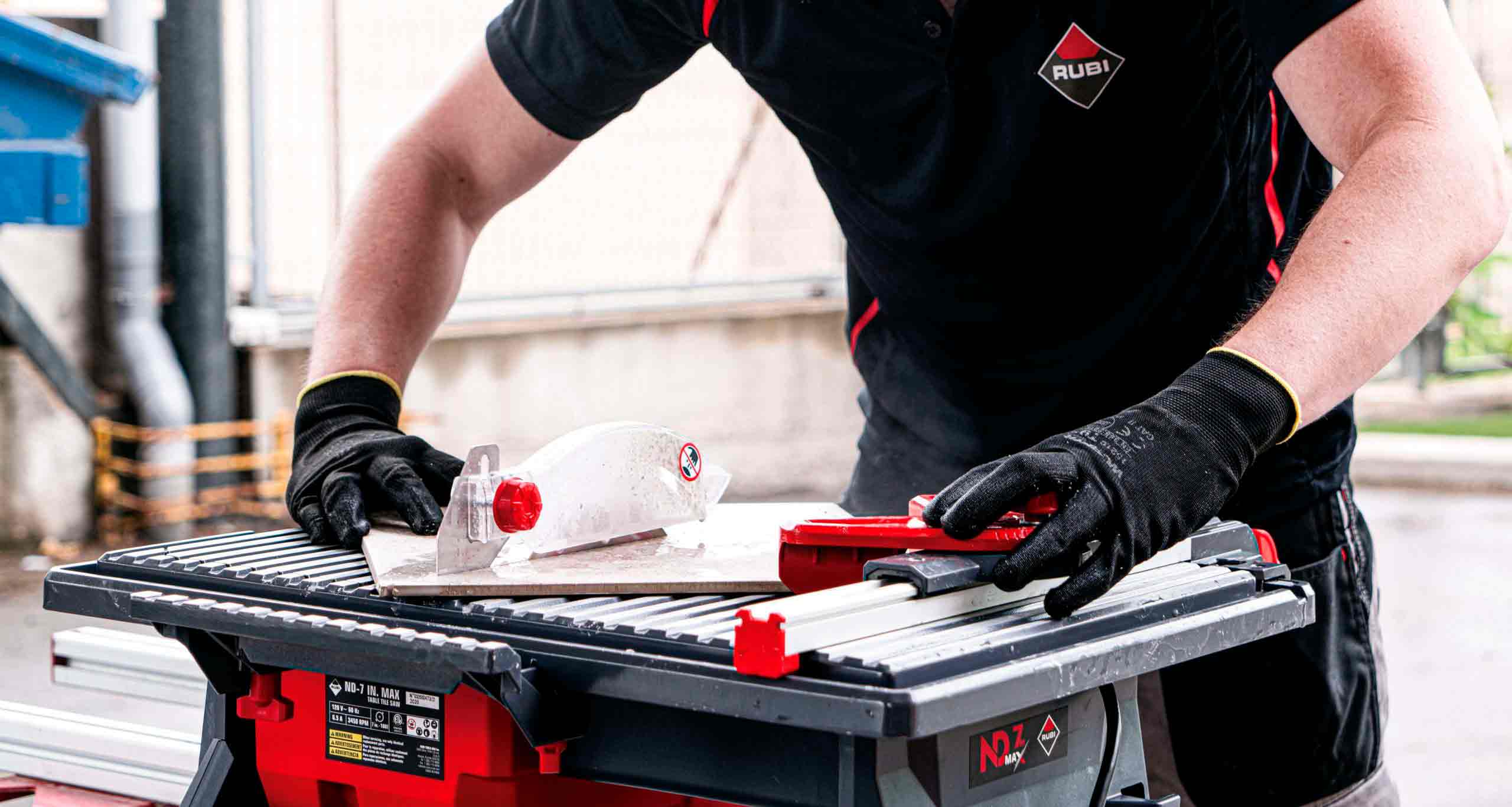


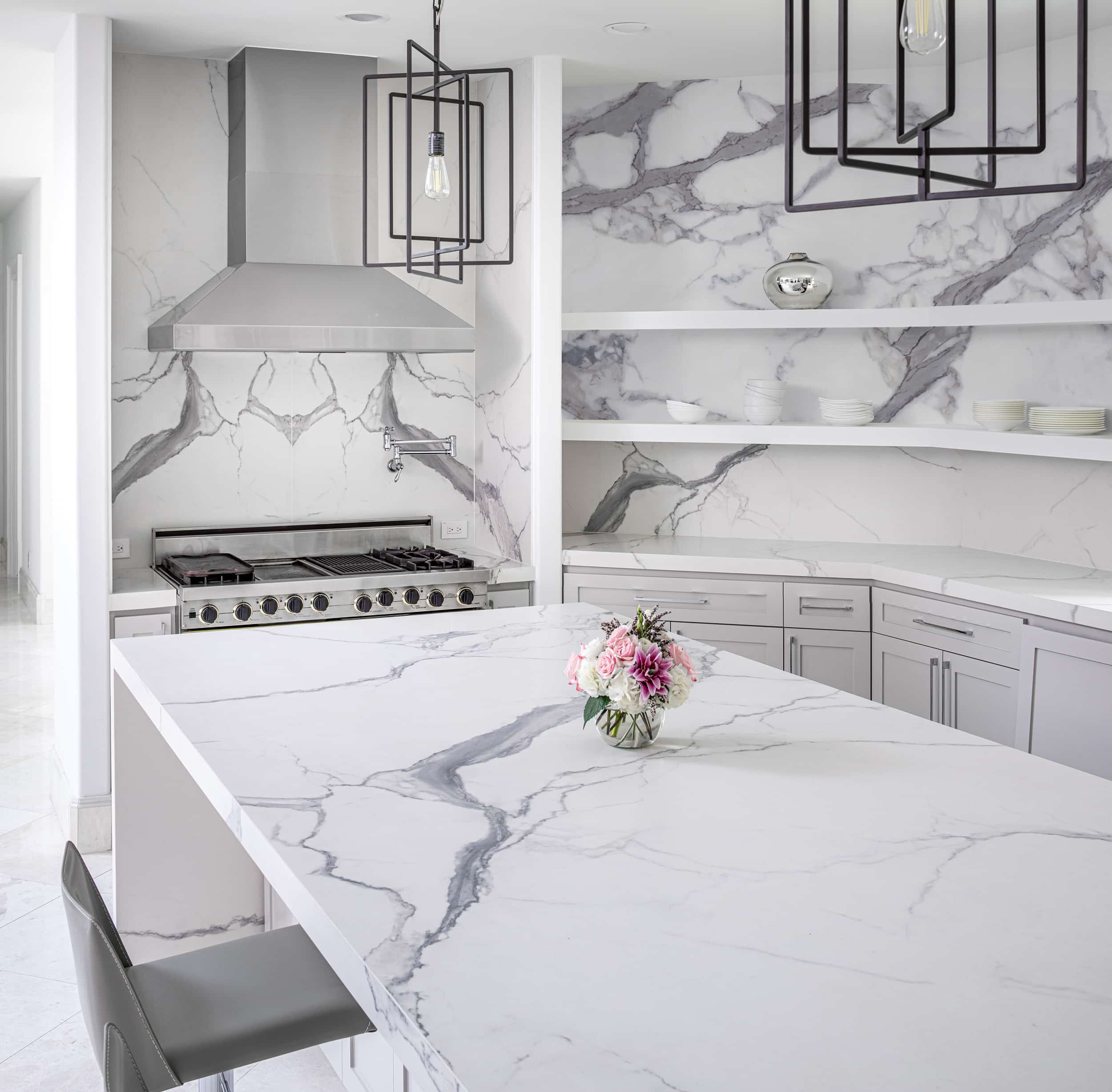
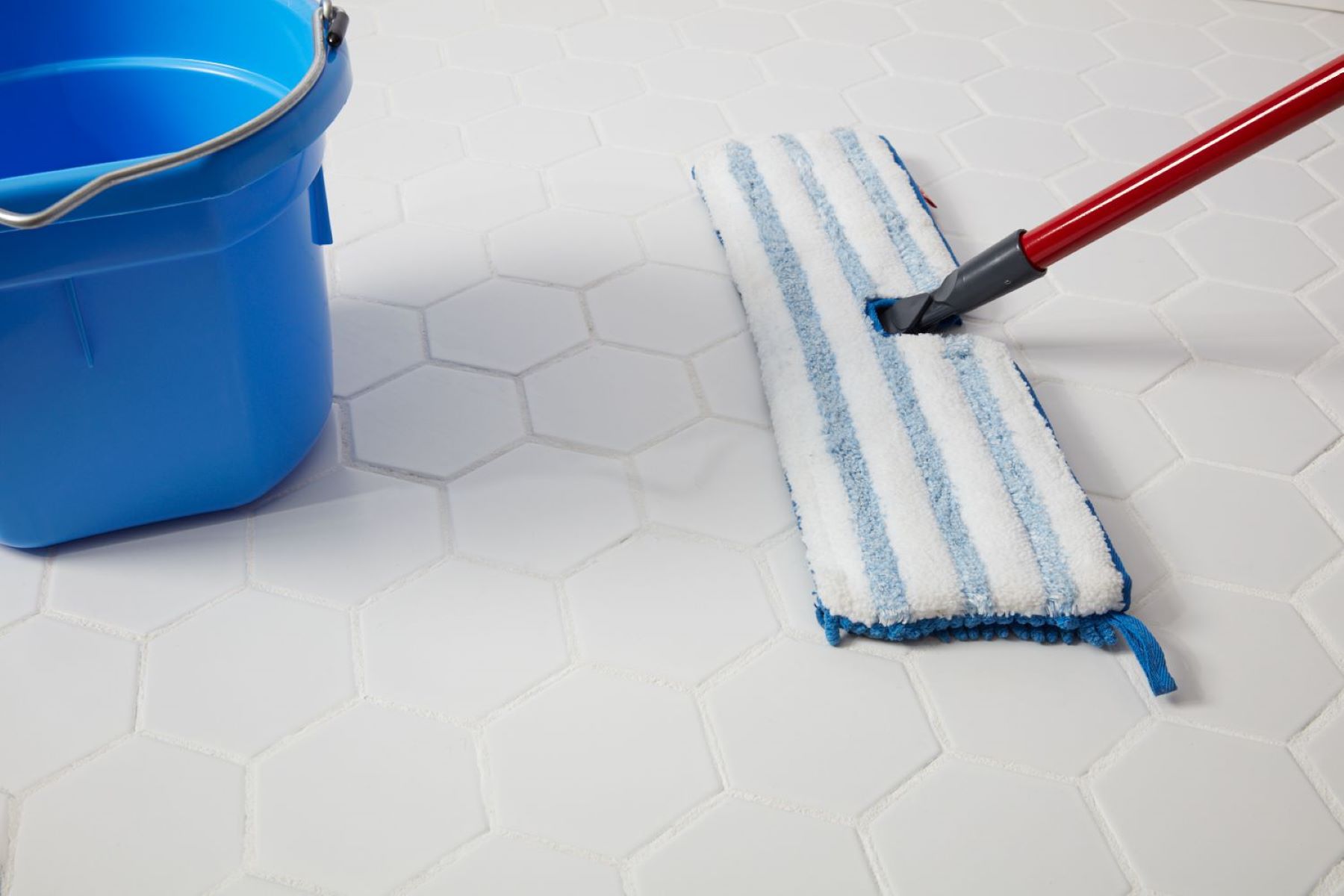

0 thoughts on “Porcelain vs Ceramic Tile: Which Is Better”